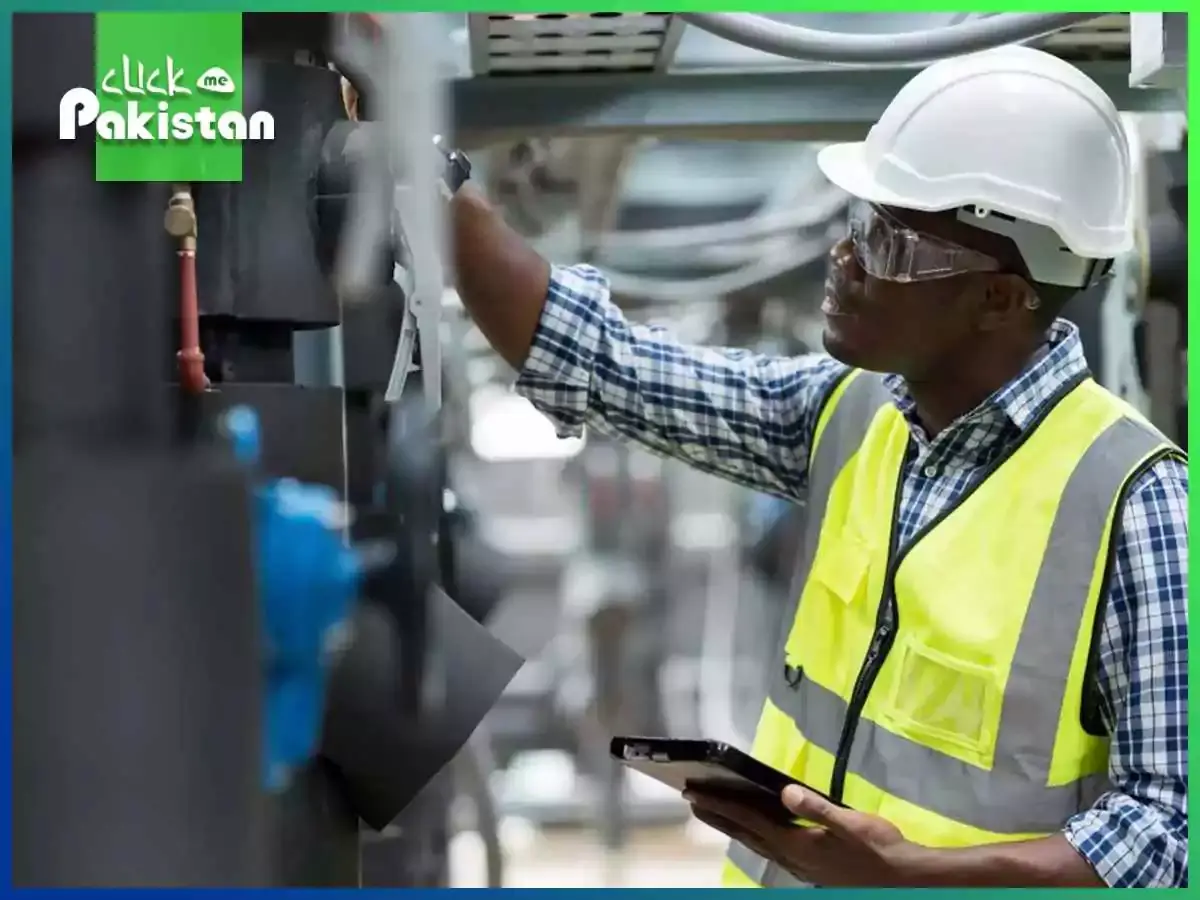Introduction
Workplace accidents represent unforeseen incidents that occur in various occupational settings, leading to injuries, illnesses, or even fatalities among employees. These accidents can stem from a myriad of factors, including inadequate safety protocols, a lack of proper training, equipment failure, and environmental hazards.Moreover, in this blog, we’ll be exploring the importance of health and safety inspections at the workplace.
Importance Of Health And Safety Inspection At The Workplace

Health and safety inspections play a crucial role in ensuring the well-being of employees and maintaining a secure working environment.
The importance lies in several key aspects;
1. Prevention Of Accidents And Injuries

Regular inspections help identify potential hazards and risks at a workplace, allowing for timely corrective measures to prevent accidents, injuries and illnesses
2. Compliance With Regulations
Inspections ensure that the workplace adheres to local, state, and international standards, avoiding any sort of legal issues or potential fines while promoting a culture of compliance.
3. Enhanced Employee Morale And Productivity
Employees feel safe and valued. One of the core components of the NEBSOH course also includes employee safety. Employee safety boosts their confidence, and hence their productivity is exponentially increased.
4. Cost Savings
By implementing these inspections, companies and organizations save a great deal of money and finance that would otherwise be spent on accidents and incidents.
5. Creating A Safety Culture
Moreover, health and safety inspection is very important as it fosters and creates a culture of safety where employees are encouraged to report hazards, maintain productivity, and foster a culture of safety in an organisation.
Methods for health and safety inspection

There are various ways to inspect a workplace. These methods are very popular and effective. All these methods are explicitly and categorically explained in the NEBOSH course as well. These methods are given below;
1. Checklists And Forms
Using predefined checklists and inspection forms tailored to specific workplace areas or tasks helps health and safety inspection systematically evaluate potential hazards and comply with safety hazards.
2. Visual Inspections
Conducting a visual examination at a workplace allows inspectors to identify visible hazards, such as equipment, improper storage, blocked pathways and inadequate lighting
3. Employee Feedback And Training
It is very important to communicate with your employees and get their feedback. To equip an employee to be vigilant of hazards that are surrounding them and to inspect them, organizations must educate and train them.
4. Documentation Review
Examining safety reviews, records, incident logs, training logs, and maintenance logs can help inspect and understand these past issues.
5. Risk Assessment
Utilizing risk assessment tools or techniques like job safety analysis (JSA) and failure mode and effect analysis (FMEA) helps identify potential risks with specific tasks or processes.
6. Observation And Monitoring
This one is also a very important one and can be done daily. This involves daily monitoring and observation of a workplace to uncover and inspect various hazards.
7. Technology And Sensors
In a growing world like ours, this one method has outgrown way more. This includes implementing various cameras, or other monitoring devices that can constantly aid in assessing workplace conditions, detecting hazards, and thus ensuring safety.
8. Specialized Inspections
Depending on the nature of the workplace, specified inspections are conducted.
9. Regulatory Compliance And Reviews
Ensuring adherence to local, state, international, and federal health and safety regulatory systems forms a critical part of the health and safety inspection process.
10. Continuous Improvement And Feedback
Furthermore, establishing feedback mechanisms is very important, and there must be continuous improvement in inspecting and identifying these hazards so that their prevalence is minimized to none.
What Are Some Of The Risk Factors At A Workplace
Health And Safety Inspection vary from workplace to workplace. It is important to know these hazards before inspection. Some common safety hazards include:
- slips, trips, falls
- Noise risk factors
- Vibration
- Hazardous chemicals
- Fumes and gases
- Pathogens
- Allergens
- Poor ergonomics
- Extreme temperatures
- Air quality
Conclusion
lastly, all these methods and strategies allow for a comprehensive evaluation of workplace safety and enable the identification of these hazards. Moreover, it will also help implement effective measures to mitigate risks and maintain a safe working environment.
Also read our article: Embracing Physical Health: Finding Joy in Fitness and Movement









